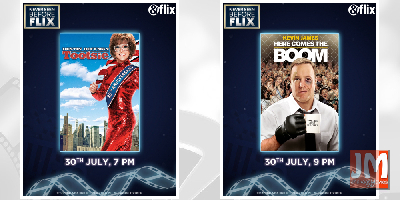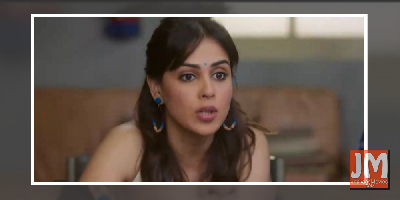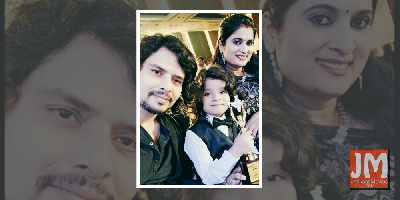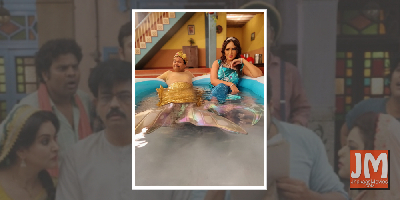 Aan Tiwari honoured with Best Child Actor award for Baal Shiv
Aan Tiwari honoured with Best Child Actor award for Baal Shiv Ghategi rahasymayi ghatnaye!
Ghategi rahasymayi ghatnaye! Amazon Prime Video unveils the 2021 Festive Line-up; brings a heady mix of Indian and International titles on the service
Amazon Prime Video unveils the 2021 Festive Line-up; brings a heady mix of Indian and International titles on the service Release: Music video of, Yeh Haalaath, from Mumbai Diaries 26-11
Release: Music video of, Yeh Haalaath, from Mumbai Diaries 26-11 Bhumi Pednekar feels she shares feel-good value with Akshay Kumar on screen
Bhumi Pednekar feels she shares feel-good value with Akshay Kumar on screen
The Silver Screen and The Family Outing (Column: B-Town)
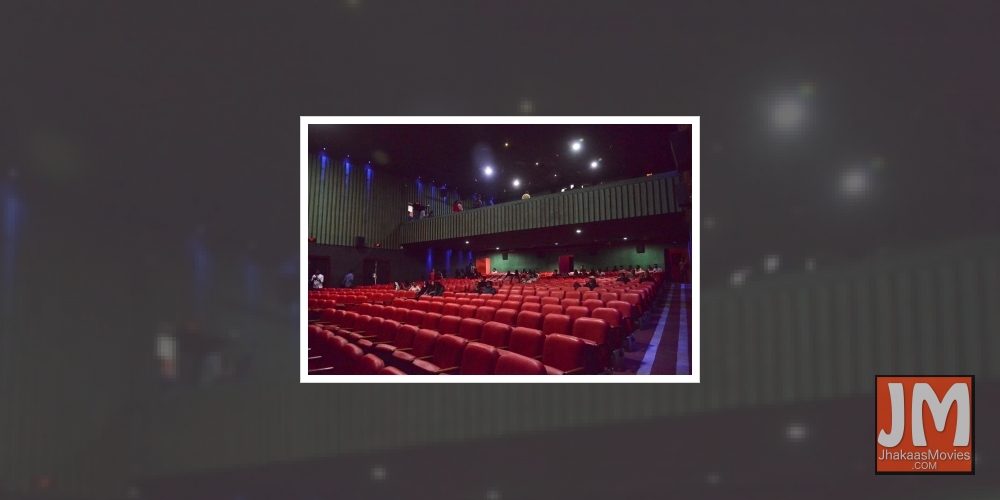
By Vinod Mirani
There was this word, Silver Screen, and it spelt magic. The phrase was probably coined in the black and white era. When the arc lamps of the projector transformed a picture captured on a small nitrate film on the cinema screen, folks sat mesmerised.
Imagine a blackout or just sitting in a dark drawing room at home for three hours and you would lose your mind. But then, what attracted people to a cinema hall to sit in a darkened hall for three hours and not only pay for it but also come out happy, full of delight! It was that silver-hued, illuminated screen.
It just had to be a screen projecting images. Not necessarily a feature film. The Films Division in those days, screened the Government propaganda films in cinema halls as well as in public places. For instance, in Mumbai, a truck equipped with a screen and a projector would land up at Mumbai's Nariman Point or Chowpatty on a Sunday evening, and start screening these propaganda firms. The magic of the screen prevailed and hundreds of people settled down to watch, whatever it was. Only when they paid for a ticket, the choice had to be theirs.
The black-and-white television had the same effect initially. Folks just gathered around it to enjoy the three-hour programme it broadcast. It did not matter what the programme was, as long as the screen was illuminated.
The aura and magic of that black and white era was something else. Did that magic wane a little with the advent of colour films? It is debatable, but if it did it was not enough to keep people off the cinema halls. People love nostalgia, especially what they grew up with and, for them, black and white was the real thing. Thankfully, they soon got used to watching colour films.
Black and white created a sort of mystic on the screen as well as around the artistes. Not initiated into films till late, as a child, it would amaze me when guys and girls leafed through a film magazine, looked at a star's picture and discuss. I could not understand how they recognised a star from his or her picture! Same was the case when a boy knew a song, its film and singer and started humming along with the radio.
No politics, no gym, films was the topic of general interest. If one of the lads was lucky enough to watch a movie, it was obligatory for him to narrate the story to other friends the next day!
When the colour came to films, movie lovers' adulation for stars remained intact. But, the aura of mystery around the actors diminished a bit. In colour, the starts looked more real life. The viewer found more identification with his stars. More than ever before, film fans started not only imitating filmstars but also dreaming of acting.
Moviegoing meant not missing a moment of that silver screen magic in a dark hall. That included the Indian News Reel, a government propaganda feature produced by the Films Division. But, what one looked forward to most was the trailer of a forthcoming film. (Film trailers in those days aroused much excitement.)
There was another peculiarity typical to those days. The day at the cinema hall was spread over four shows a day between 12 noon and 9 p.m. The people expected three hours of money's worth in a cinema hall. Which is to say, if films were made like they are today, say 100 minute or 110 minute duration, there were chances that the audience would have ransacked the cinema, feeling cheated.
The watchword was Paisa Vasool -- whether they got their money's worth or not. Leaving halfway through if they did not like a film was purely the audience's privilege.
The films were made for all kind of audience, which is to say, audiences of films differed depending on the kind of film and its stars. Broadly called Genres, There was an audience for raw action films like those of Dara Singh, Sheikh Mukhtar or Kamran Khan, where all that mattered was the background sound of Dhishoom…dhishoom. Then, there were, if you may call it that, horror films by Ramsay and Bhakri Brothers, the two specialists. Most of the scary scenes were shot in day for night technique.
Then, there was a "Sholay", a "Jai Santoshi Maa", both released on the same day -- August 15, 1975.
"Sholay" set not only box office records but also personal records for many moviegoers claiming to have seen it, maybe, 100 times! The film's 70mm format and the Stereophonic sound captivated the audience. "Jai Santoshi Maa" was a non-star cast, probably, last of the mythological films to be made in Hindi film industry. This was a genre which was dying out.
"Jai Santoshi Maa: became a cult film. So much so that its producer, Satram Rohra, went on record to be among the highest income tax payer of the year (considering it was an era of hiding income and stealing on tax dues!). But, that was the business side of it. Its real life impact was something that did not happen ordinarily.
People who entered the cinema hall to watch "Jai Santoshi Maa", came in hordes, friends, family and the rest. They made sure they did not enter the hall with footwear on. They participated with the goings-on. But, the after-effect of the film was that that those who had never heard of this deity became devout followers and started believing that if you fasted, as in abstained, for 16 Fridays (Solah Shukravaar vrat), it would bring fortunes.
Earlier, in 1969, the Punjabi film, "Nanak Naam Jahaz Hai" had seen such reverence from the audience.
Movie going, so far, was an event in a family. A planned outing. A family of five could not suddenly land up at a cinema hall and expect to get tickets or, if they did, vantage sitting at that. There was no hurry to plan a movie outing as films ran for weeks. Big cities drew movie lovers from nearby towns and villages on Sundays or on the day of the weekly bazaar. They took in as many films in a day as possible going back happy and contended.
The moviegoing is not the same now. But, could the trend of OTT premiere release renew that trend of family and friends gathering to watch a new film? It does happen when a new series streams and it also happened on the release of "Gulabo Sitabo", when a family decided to retire early with plans to watch the movie together.
(Vinod Mirani is a veteran film writer and box office analyst. The views expressed are personal)
Tags: Cinema, Showbiz, Quote Unquote



